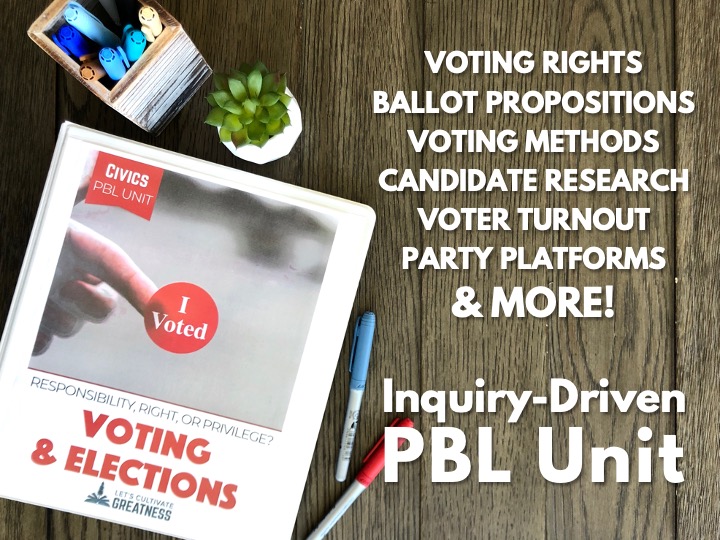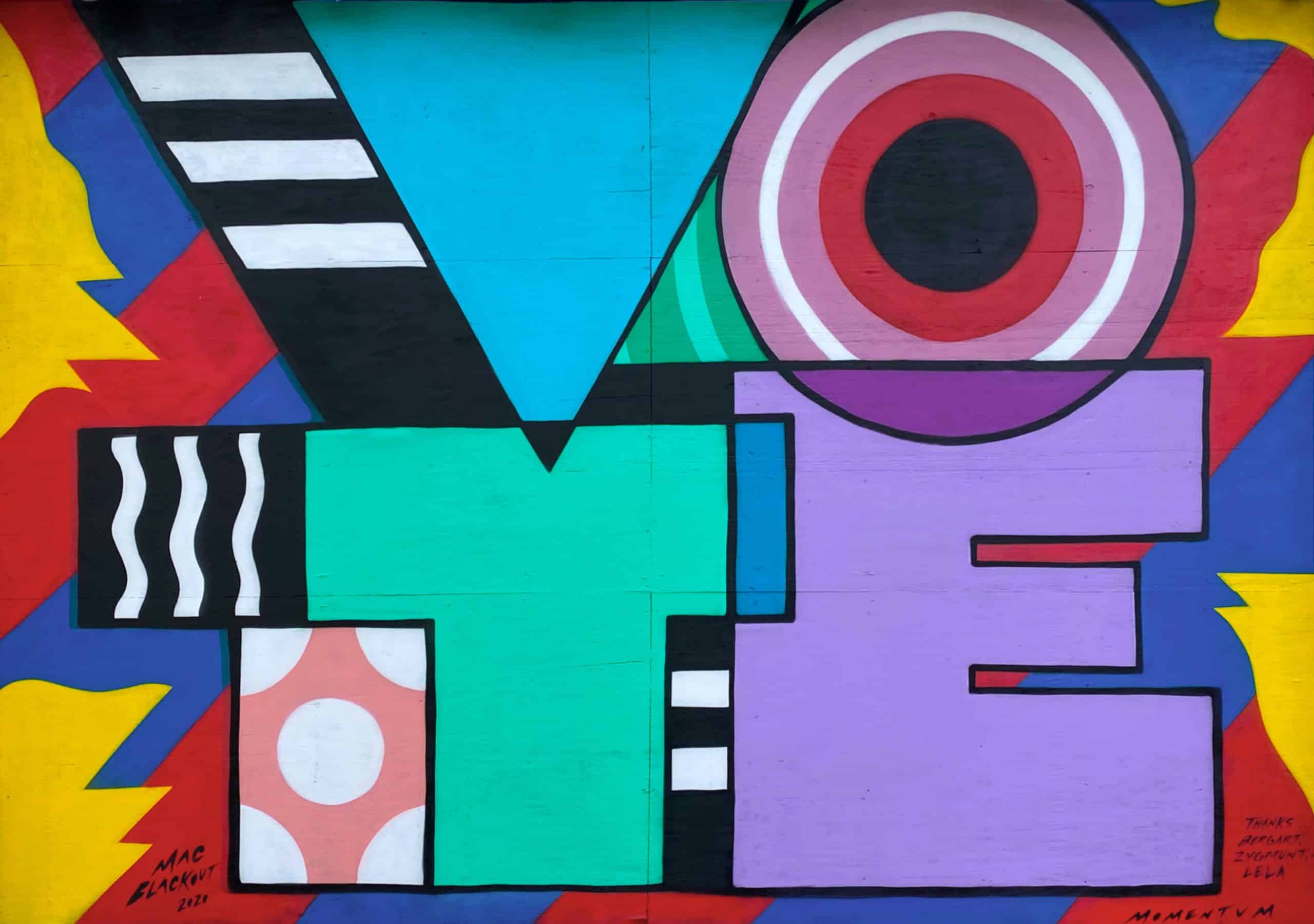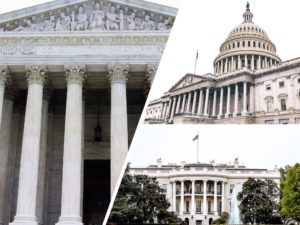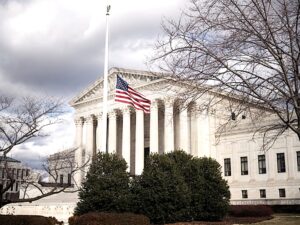Teaching civics during a presidential election year is always exciting. Kids are more engaged, there are endless resources available, and, of course, there’s the much-anticipated finale of Election Day results.
Unfortunately, that ready-made learning opportunity only comes around once every four years. Kids taking the class every other year still deserve the same excitement and real-world connection with your voting and election unit.
If it’s an odd year in America, the November election doesn’t hold any federal races. But what few realize is that, by design, it’s the time to focus on local races: mayors, city councils, school board directors, and even a few governors.
And when you present it like that to your students, there are so many more opportunities for them to participate in the election process. And that participation is what sets students up to more likely become life-long voters.
So here are my 5 favorite lesson ideas to engage students in the American voting process when it’s an odd-year election.
Research Local Races
Let’s start with the most obvious! Just because there aren’t any flashy, commercial-heavy campaigns going on, it doesn’t mean no races are happening. In fact, when it’s local races going on your students can actually better connect with the candidates.
Pick a couple of races, like the mayor and school board positions, for students to research. First, review the requirements of the jobs, and don’t be afraid to ask if you can’t easily locate the info. I have emailed both my district office and our city hall to ensure I had the official and unofficial duties of the offices to share with students.
Next, brainstorm with your students the qualifications they want in the people who will fill those jobs.
Now you’re ready to let them research the candidates. Provide students with your local official Voter’s Guide, candidate’s official campaign websites, and/or any newspaper endorsements.
One thing I love to do with these local odd-year races is to have my students develop questions to ask the candidates after researching them. They send their questions to me to gather in a single email that I then send off with plenty of time for the candidates to reply before Election Day.
The impressions students form based on the responses (or lack thereof!) we get is powerful. It creates such a palpable experience of the democratic process that simply isn’t possible in the bigger election years.
Debate Ballot Measure Propositions
If you’re in a state that has propositions or initiatives on the ballot, pick one to focus on that’ll really appeal to your students.
First, find a couple of straightforward news articles for background information. I like to pull one from the more liberal and one from the more conservative sides of my state for a balanced overview.
Then, send students to the overview webpage that Ballotpedia will have set up for the initiative. Just search for its name. They even have a page showing which states have the initiative and referendum process, which is only about half and this in itself sparks great conversation when you show the map.
Next, gather up any political cartoons or editorials discussing it, any mailers or commercials that have been made, the websites of PACs in favor and against the initiative, and the related Voter Guide pages for students to explore the issue more in depth.
Lastly, could hold a structured debate and/or a mock vote and compare your class’s results with the real Election Day results.
This complete lesson series is available in a downloadable kit that you can use year after year with any initiative.
Explore Voter Turnout Issues
Voter turnout is much lower in odd-year elections, so it’s the perfect time to explore not only why that is, but also why turnout is low overall in America. There are all sorts of student-friendly data displays available, perfect for exploring this topic is a couple of class periods.
First, examine how the United States stacks up against other nations.
The Pew Research Center has an easy-to-explore interactive data display that compares nations’ voter turnout percentages. The International Institute for Democracy and Electoral Assistance (International IDEA) also has some great data displays on compulsory voting around the world.
Have students make observations and form hypotheses, making sure to tease out how it’s a two-sided issue: apathy as well as access. And spend time examining both sides.
In my class, we look at Pew’s data findings on voter turnout demographics as well as Americans’ reasons for not voting. Then we do the same with their more recent results on beliefs about voting access that accounts for new laws on things like voter ID requirements and voting by mail.
Their data displays are static images, making them perfect to copy and paste into a Google Doc or Slides file for students to markup digitally or print for pen-and-paper annotating in small groups or in stations.
These data displays always generate great conversation, in part because they are so accessible for all levels and they naturally facilitate inference, comparison, and connection-making.
If you want a download-and-done option, check out my voter turnout lesson kit with these ideas and more.
(Pre-)Register Students to Vote
If you have seniors, schedule a day in class to register or pre-register your students to vote. Since each state is different, be sure to look into it well before Election Day. Many states allow citizens to register online, others use a downloadable single national form, and some allow 16- and 17-year-olds to register early.
Vote.gov is great starting point to learn how to register.
Of course, not many will be 18 by early November, but by using class time to model how to register you allow your younger students see how it’s done.
If you teach younger kids, still pull up the voter registration webpage and show the steps. You can even model checking your own registration information to confirm everything is accurate. That is if you don’t mind your address being displayed on the screen!
In my state, 16- and 17-year-olds can pre-register in less than 5 minutes online as long as they have a driver’s permit or license, so we do a Register Day in early October and again in January as part of our end-of-semester routine.
Write Letters to the Editor
This is a no-brainer in an odd-year election. Issues are more local and, frankly, the competition won’t be as fierce so the chances your students will be published are much higher. Win win!
After researching a ballot measure and/or a local race, have students conclude their decision by arguing it in the short and authentic way that a letter to the editor requires.
This Letter to the Editor kit has a step-by-step guide, samples, and rubrics for a print-and-go lesson that is the perfect way to culminate your voting and election unit.
I hope these doable ideas help you bring even an odd-year election season fully to life in your classroom to start forming the habit of voting in your students! If you want a ready-to-go, everything’s-done unit that incorporates these ideas and more, check out my Voting & Election inquiry PBL unit. The best part is that it can be used with any election year, big or small!

Feature image photo credit: Jennifer Griffin, mural by Chicago artist Mac Blackout





